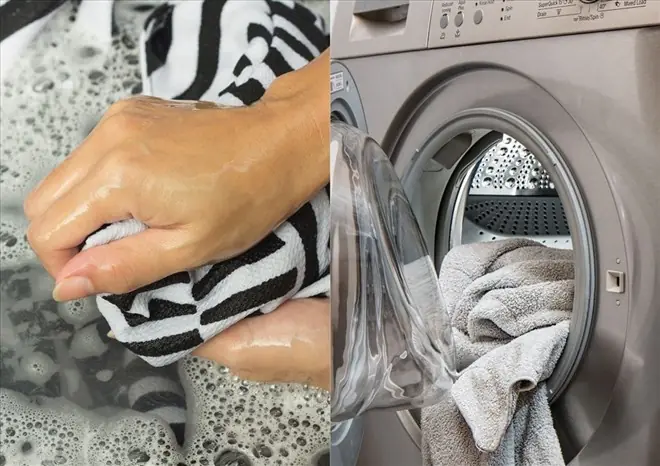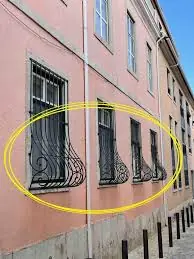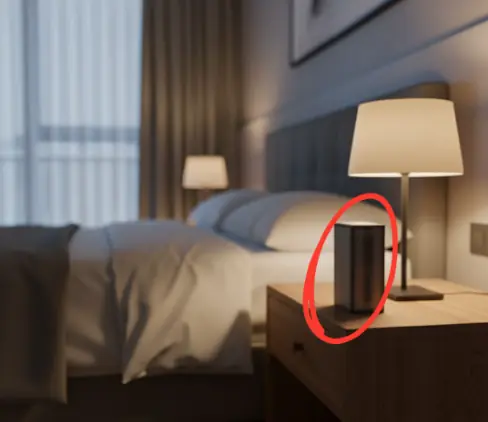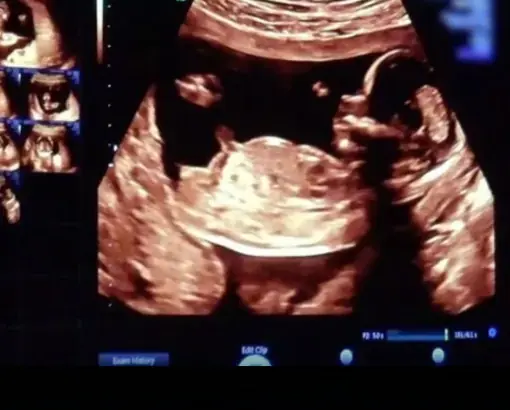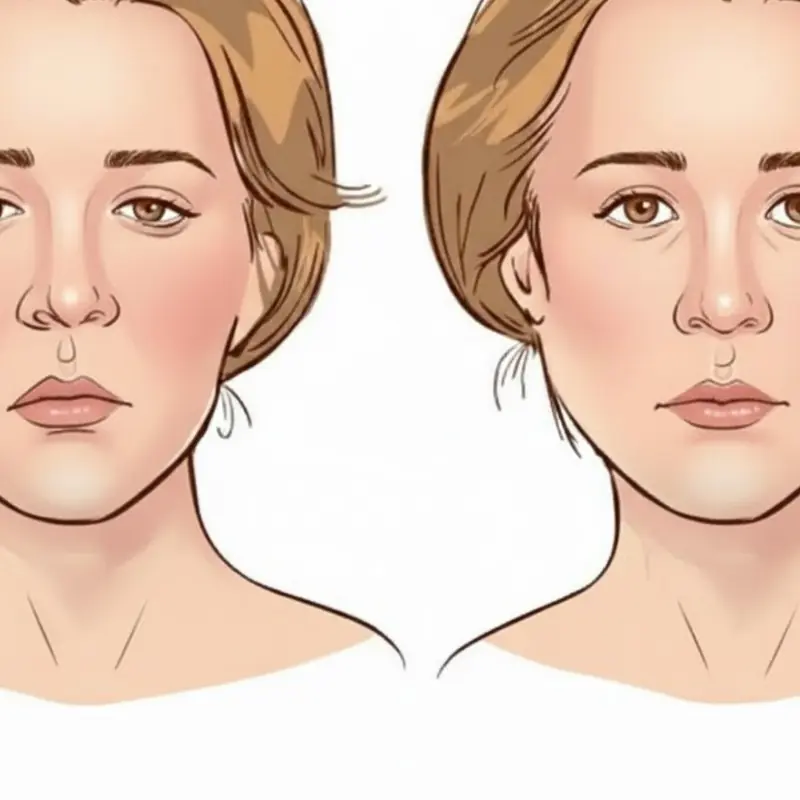It's time to finally shed some light on why our freezers are so dark.

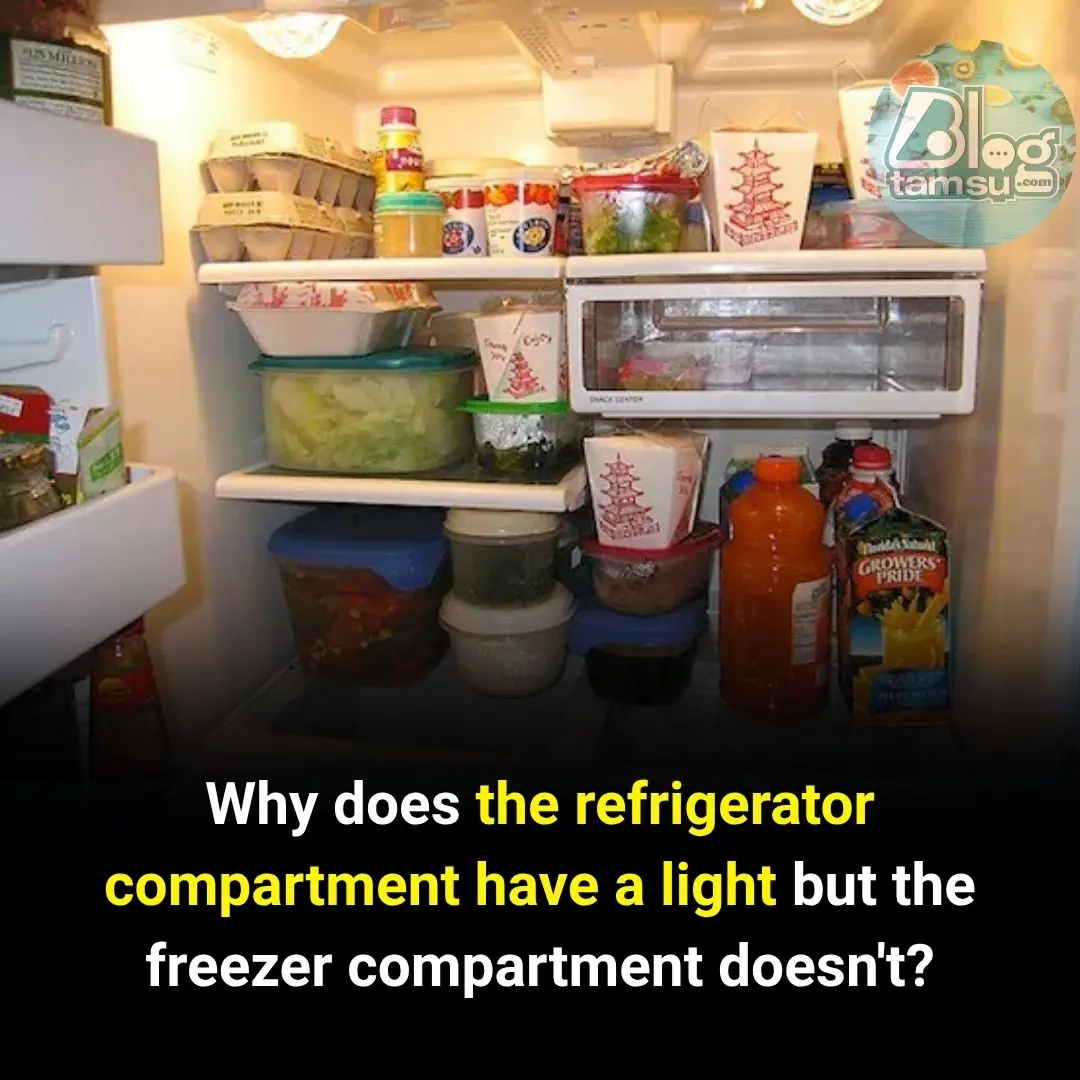
Everyday life is full of strangeness. Why do you drive on a parkway and park on a driveway? Why does the 24-hour convenience store have a lock on the door? Why does the refrigerator have a light and not the freezer?
It all comes down to cost/benefit and features. While it’s not terribly expensive to add a light, sealed fixture, switch, wiring, etc. relative to the cost of the whole unit, it does cost something and manufacturers want to save every dollar they can in the cost of manufacturing their product. Studies have shown that people don’t open the freezer nearly as much as they open the refrigerator and certainly not as much for “browsing”. Ice-cream sandwiches and similar items aside, when people open the freezer, they are generally going to be looking at getting something out that takes some further preparation. So the kitchen light will probably be on anyways. Thus, the benefit of having a light in the freezer is much less than in a refrigerator that often gets raided at night, to the point that manufacturers would rather save themselves the money of putting one in, as most people don’t really care or notice whether their freezer has a light or not.
But this isn’t the only plausible explanation, says Today I Found Out.
With non-automatic defrosting freezers, particularly with older, low-end models, there is the problem of ice crystal build up from the humidity of the air introduced when opening the freezer. This not only reduces the efficiency of the freezer itself, but also would reduce the utility of the light or even obscure it altogether, making it pointless (and hence the benefit vs. cost plummets even further).
Other possible explanations include: freezers are too packed for a light to be useful, old style lightbulbs would shatter in the cold, and lightbulb would heat up the food too much.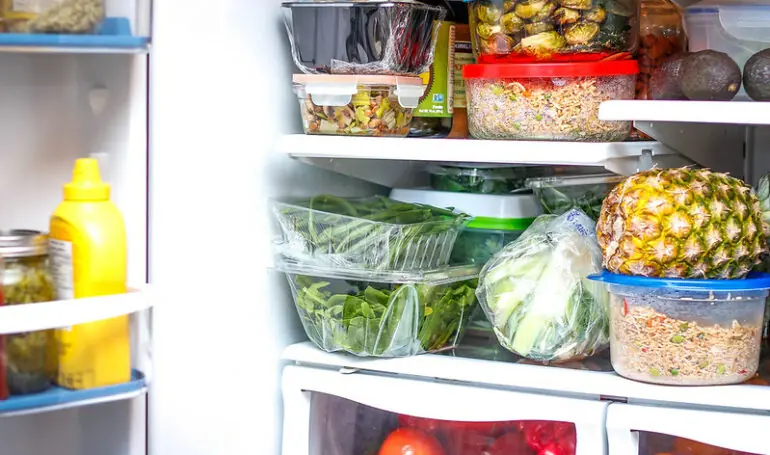
It's time to finally shed some light on why our freezers are so dark.
If you’ve ever stumbled into the kitchen during the wee hours of the night to satisfy that Ben & Jerry’s craving only to realize you can’t see a single thing in your freezer, you know how much of a dilemma this can be. So why is there a light in our refrigerators but not in our freezers? We finally have an answer.
As it turns out, the reason behind this dark mystery (literally) actually makes sense, contrary to what our midnight ice cream cravings might say. Robert H. Frank, a professor of economics at Cornell University, says it all boils down to what’s called the cost-benefit principle. The cost to install an automatic light in a freezer is the same as the cost to put one in a fridge, and that amount doesn’t change, regardless of how many times you open the door and turn on the light. The benefit of that light is that your food is easier to find. However, since people tend to open their refrigerators more than their freezers, the cost of adding a freezer light outweighs the benefits. For manufacturers, the money they save justifies their decision to forego that second light. Find out which foods you should never keep in your freezer
Unfortunately, it doesn’t look like most freezer manufacturers will be installing lights anytime soon—but that doesn’t mean these magical contraptions don’t exist. “In general, the benefit of such features, as measured by what people are willing to pay for them, tends to increase as income increases,” Frank writes. “The cost-benefit principle thus predicts that consumers with extremely high incomes might think a light in the freezer well worth the extra cost.”






